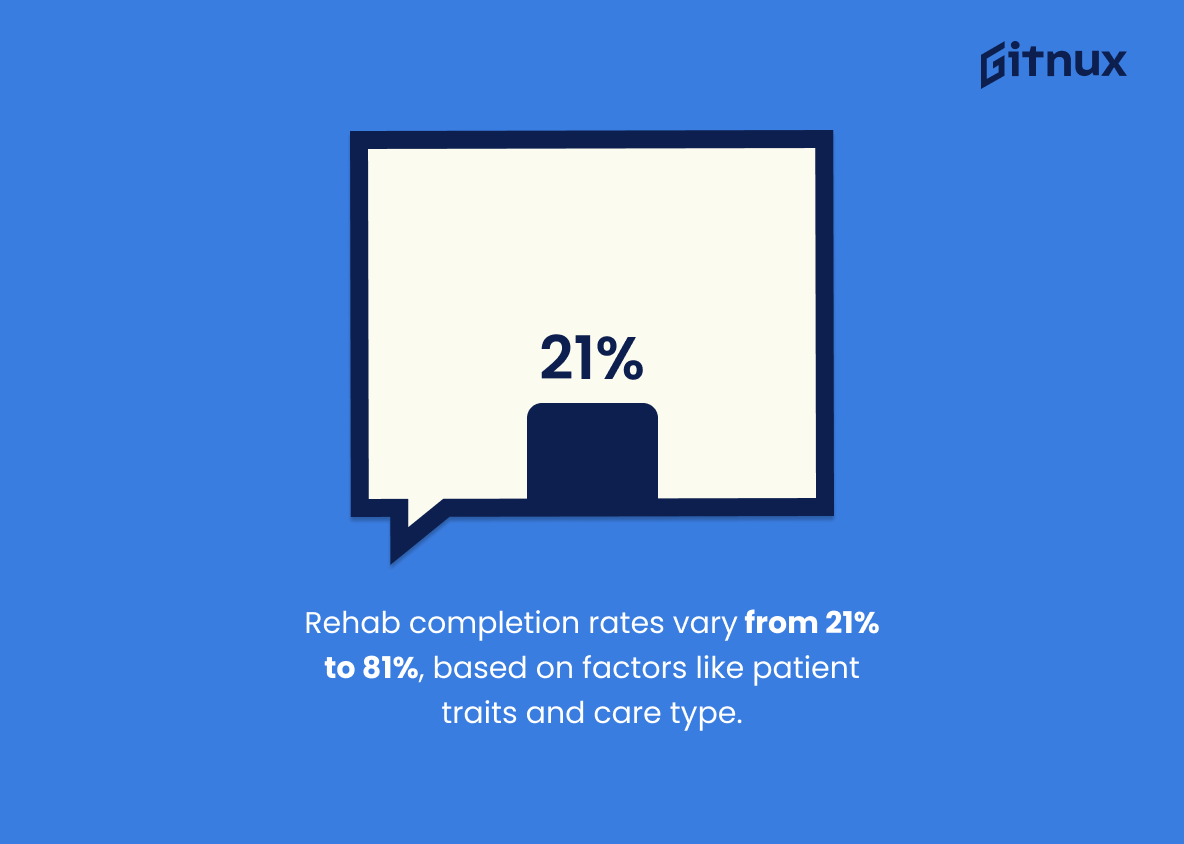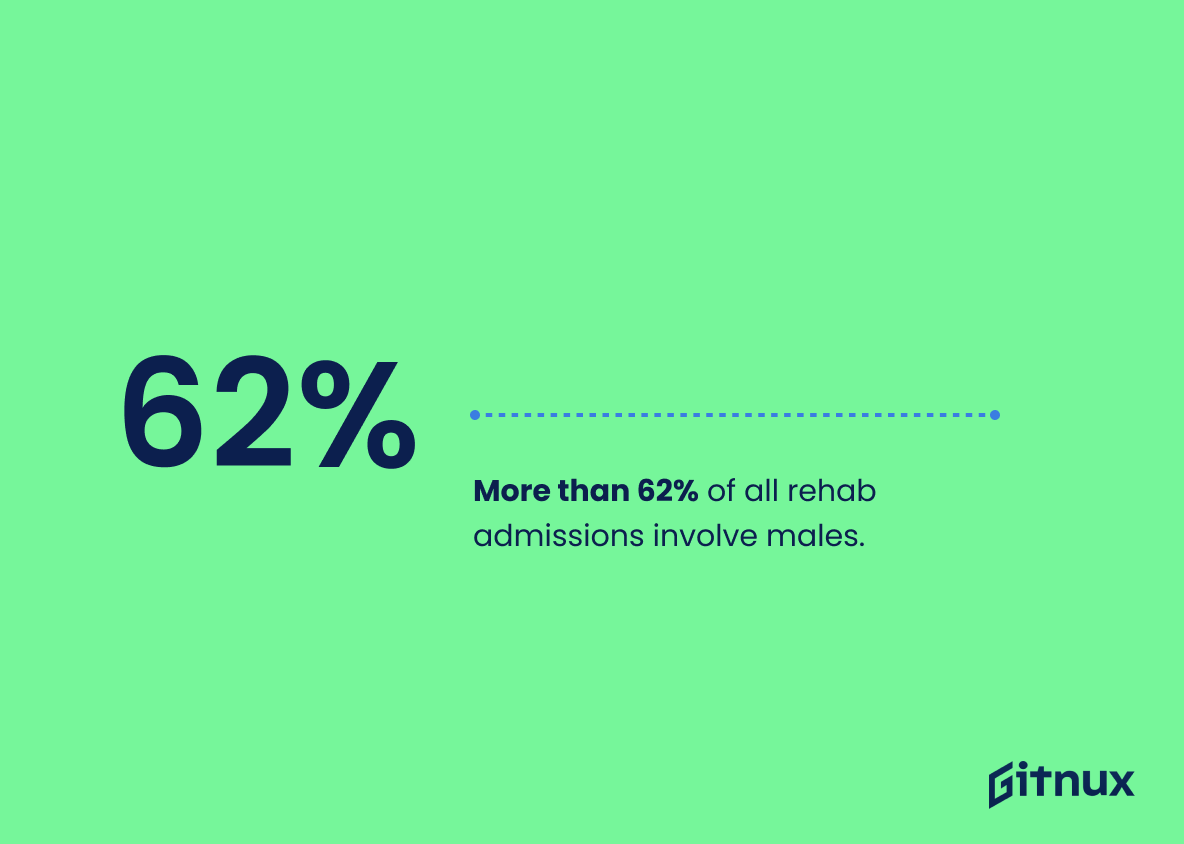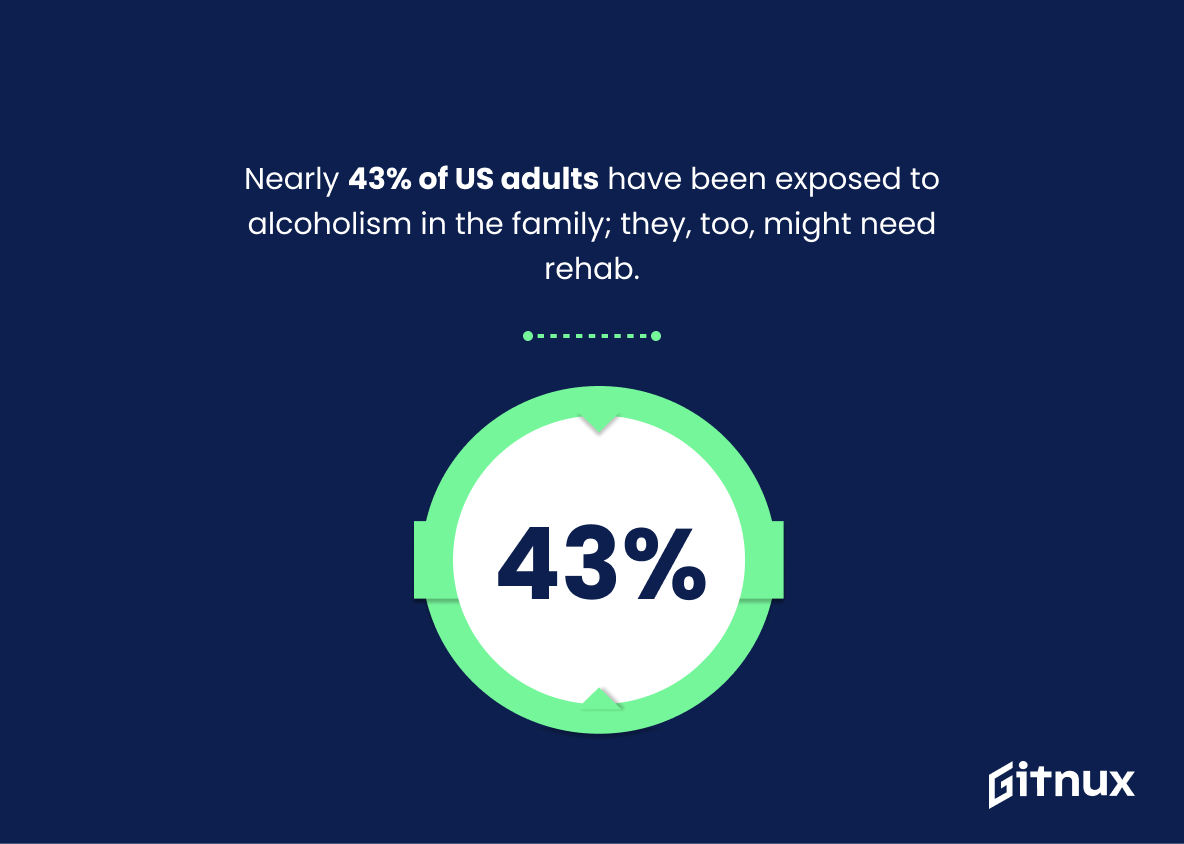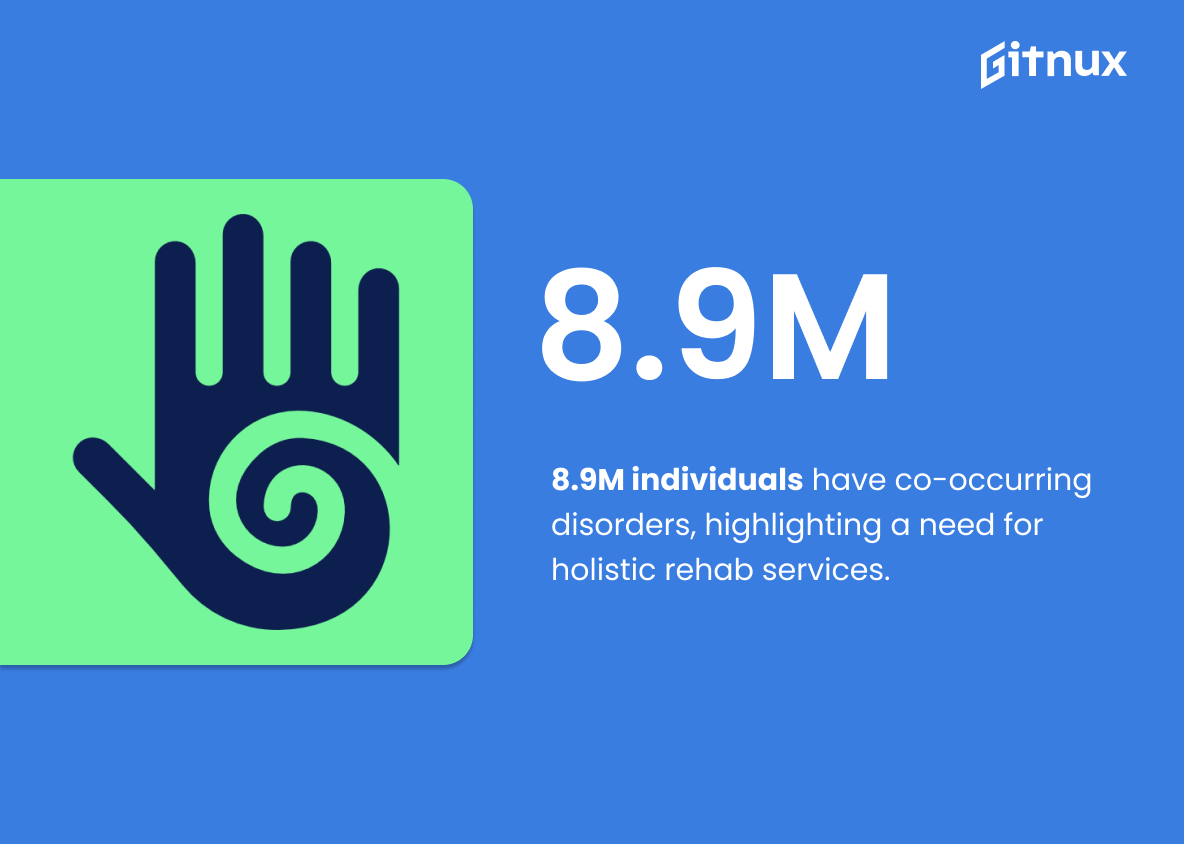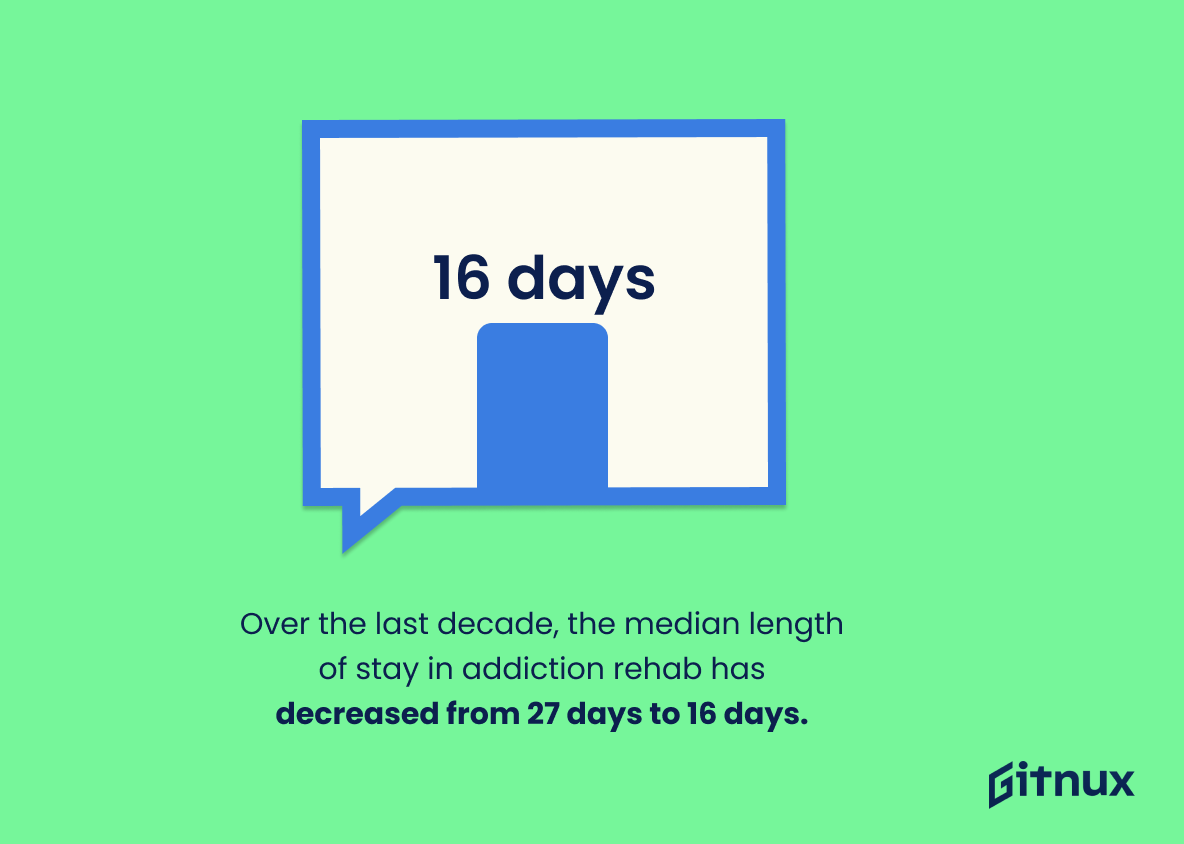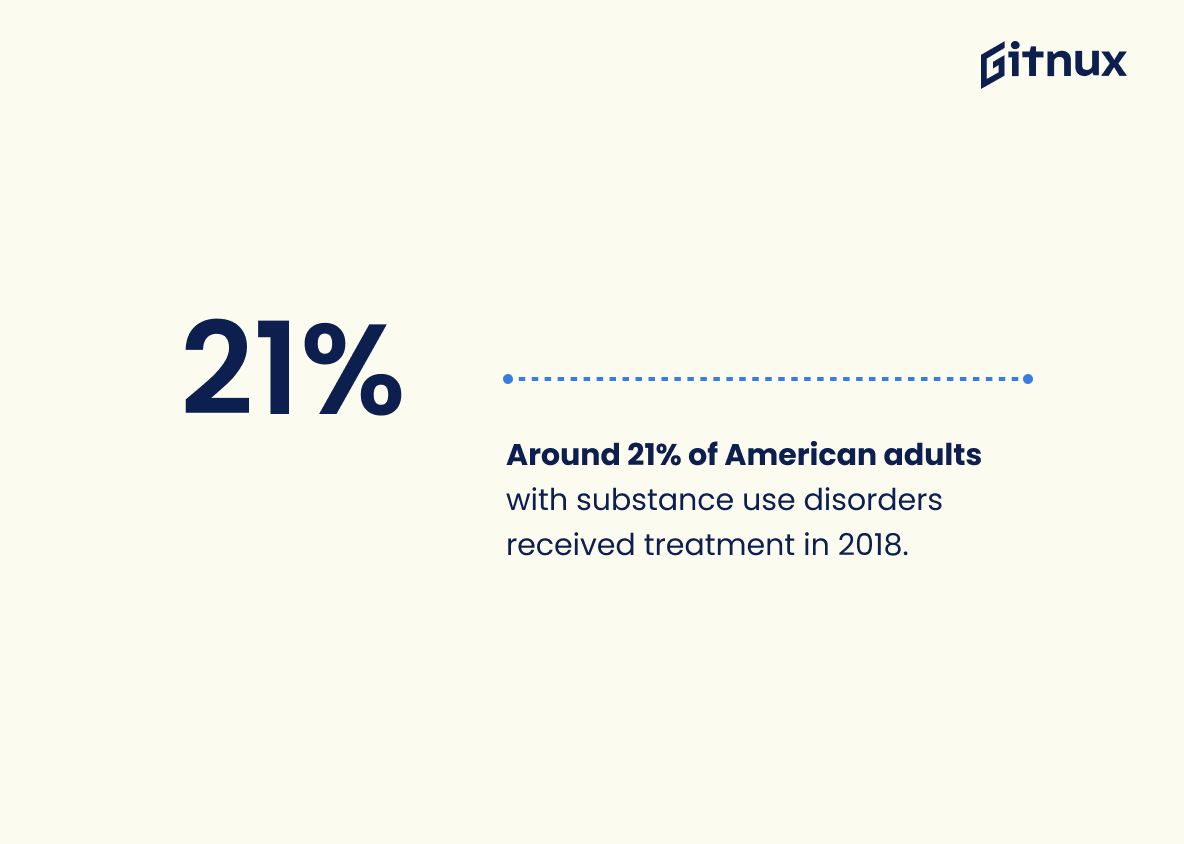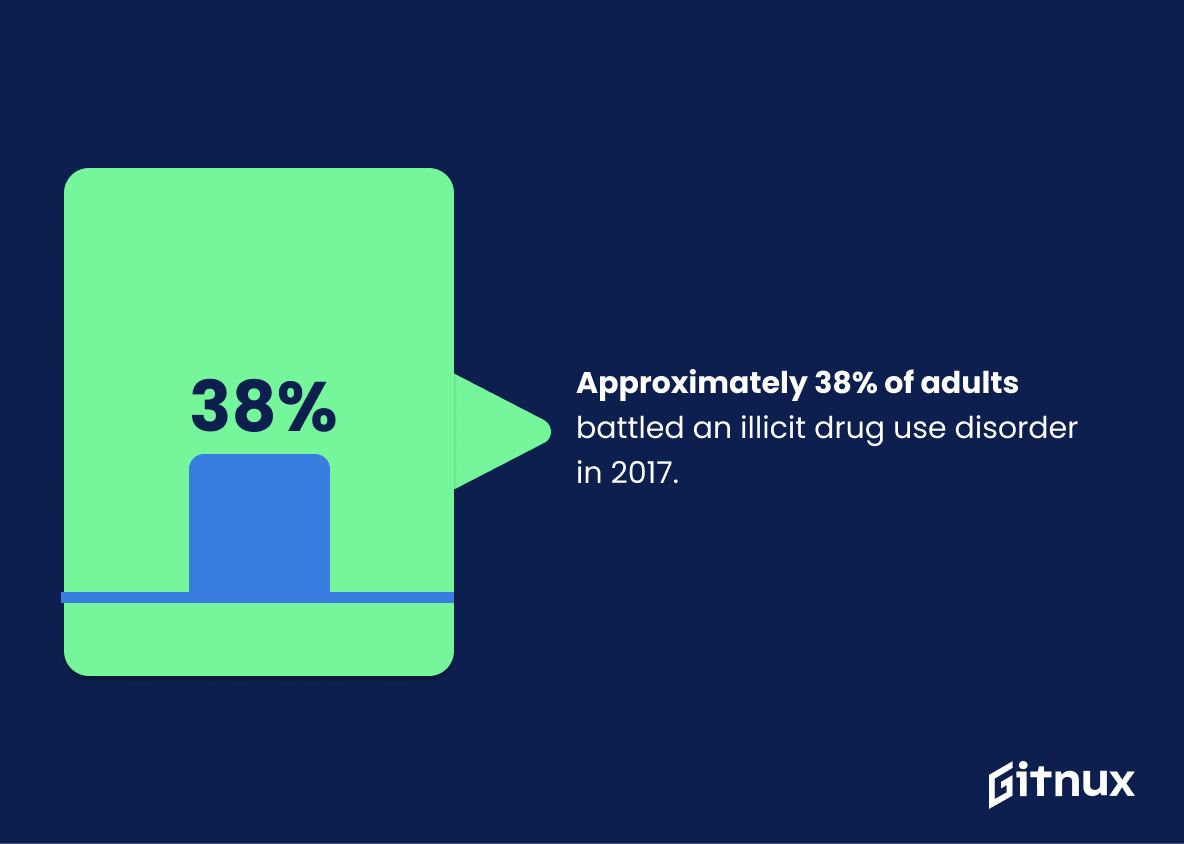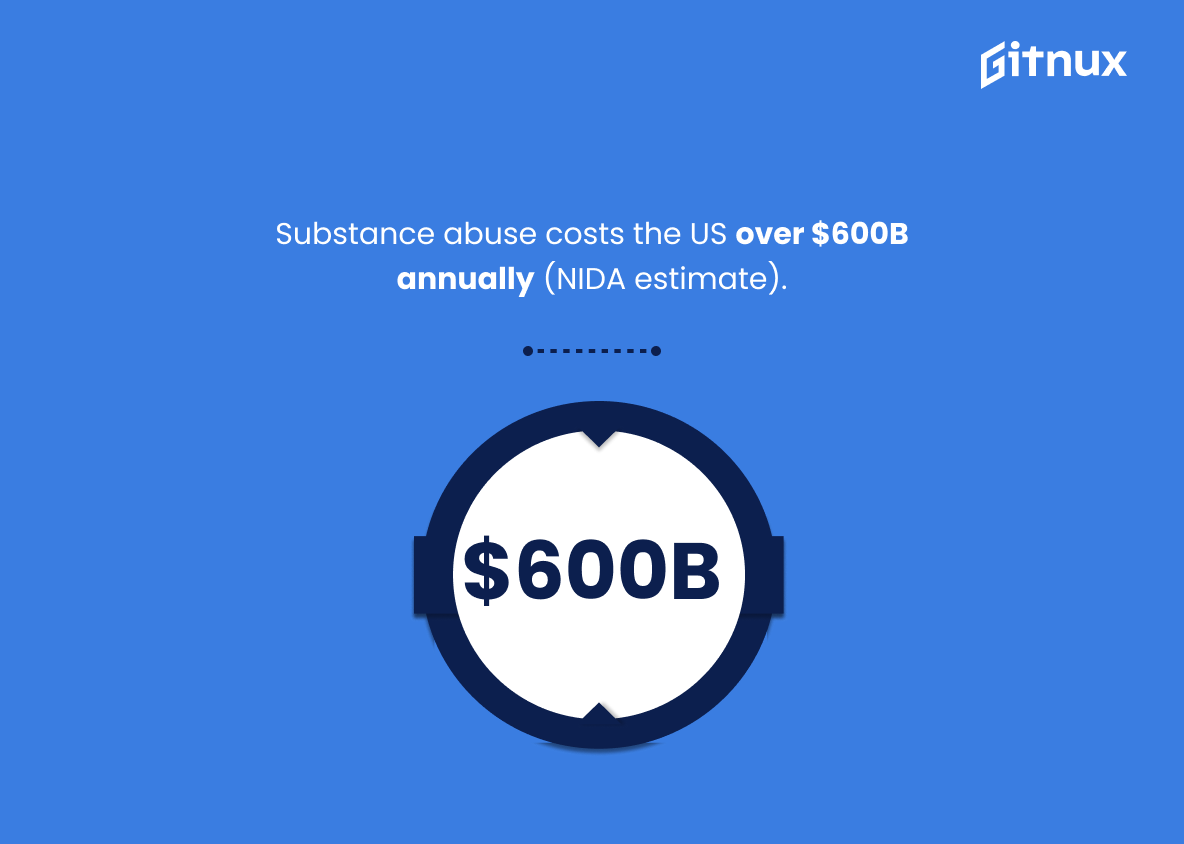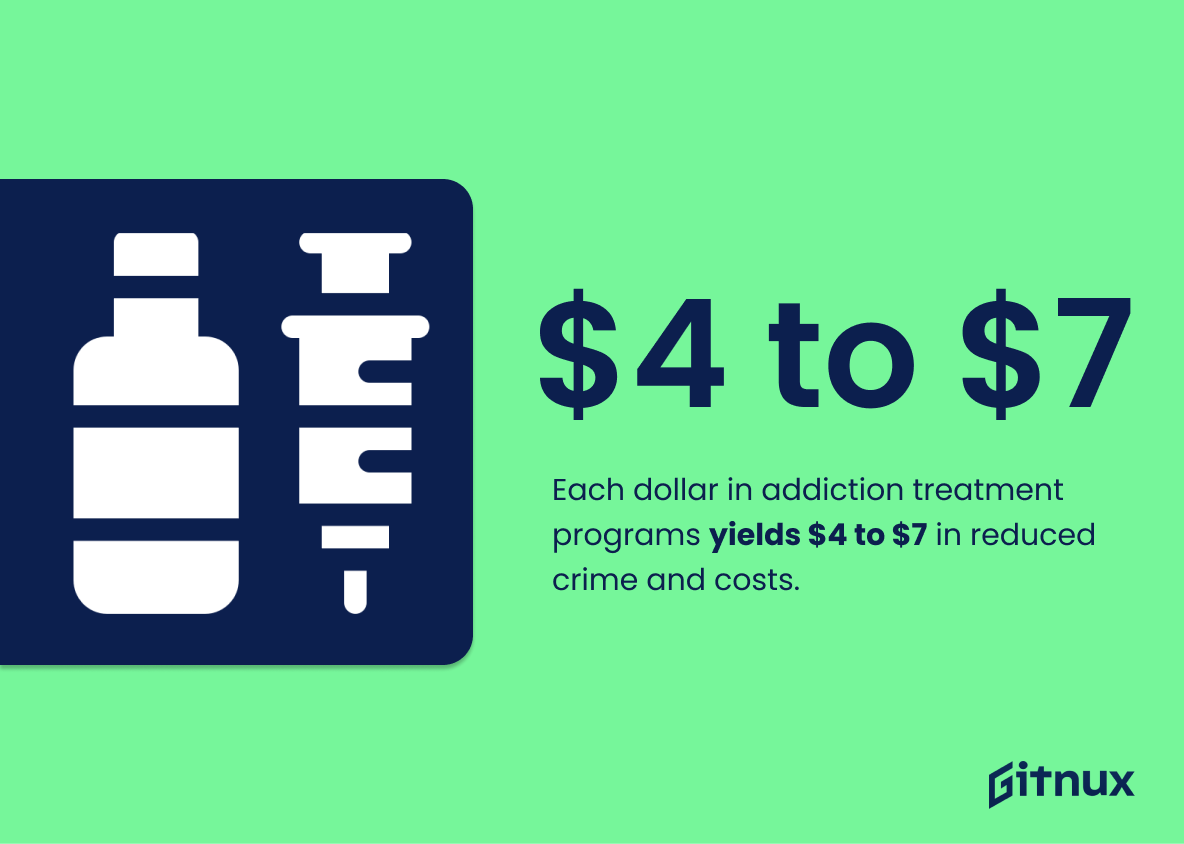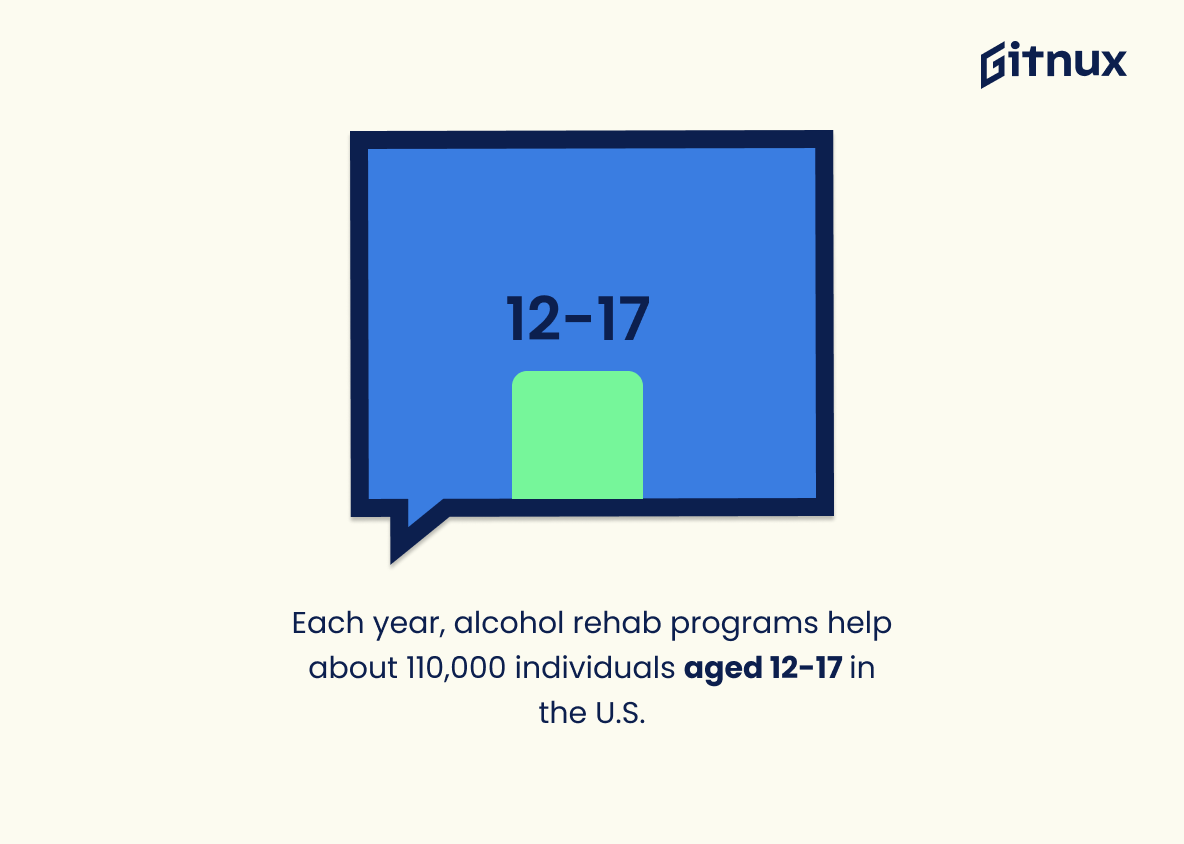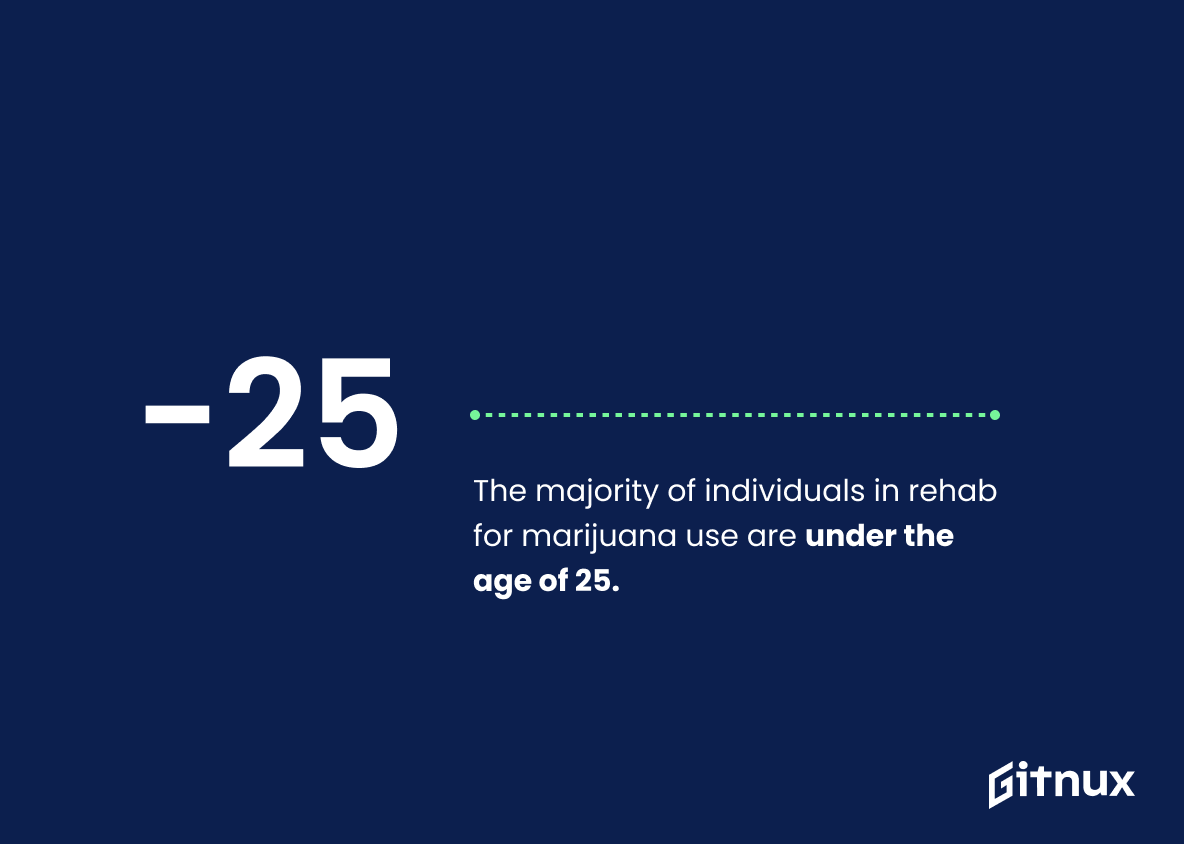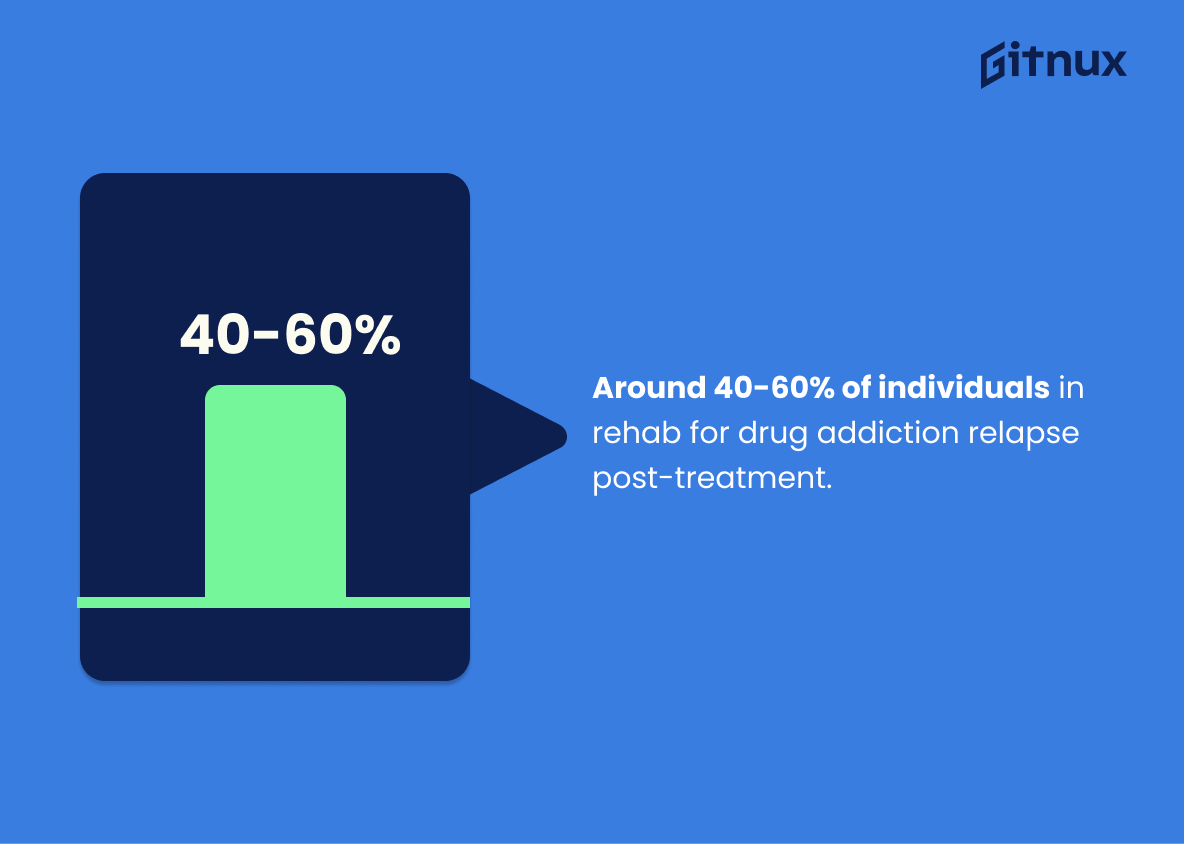Confronting the reality of drug addiction is never easy. As we delve deeper into an era of increased substance abuse, understanding the situation becomes merely the first step towards mitigation. Welcome to our comprehensive exploration into the world of rehabilitative solutions. In this blog post, we will dissect numerous rehab statistics to grasp the gravity and scale of the addiction problem.
We’ll examine success rates, relapse incidents, demographic data, and how these figures translate in real-world scenarios. Brace yourself for a journey into the depths of addiction, recovery, and everything in between. Our aim is to empower you with knowledge, shedding light on the various facets of rehabilitation, and how an informed approach can lead to better outcomes in this undeniably complex issue.
The Latest Rehab Statistics Unveiled
The annual number of admissions to publicly funded rehabilitation facilities is approximately 1.3 million.
Unfolding the significance of this statistic brings us an unsettling revelation – a whopping 1.3 million slots are filled annually in our publicly funded rehabilitation facilities. This figure, with its silent alarm, serves as a loud wake-up call. It unveils the vast scope of substance abuse and its impacts, laying bare the haunting reality that a large segment of our population is battling addiction.
Moreover, this statistic stands as a testament to the importance of such facilities in providing the much-needed support for these individuals. It’s practically a red flag, illuminating the path for health policymakers, rehab facilitators, and society at large to recognize the issue and accelerate efforts towards more robust prevention strategies, quality rehab services, and ultimately, a healthier communal living.
Rehab treatment completion rates range from 21% to 81%, depending on various factors such as patient characteristics and type of care.
Unraveling the labyrinth of rehabilitation statistics, one noteworthy insight highlights the fluctuation in rehab treatment completion rates, which oscillate between 21% and 81%. This statistic serves as an intriguing lens to view the multi-faceted aspects of rehab, subtly demonstrating the impact of both patient attributes and the chosen method of care on the efficacy of the treatment.
It provokes thought, urging readers to evaluate the complexities impacting success rates, and accentuates the reality that rehabilitation is not a one-size-fits-all solution but a tailored approach that varies according to individual patients and their unique circumstances. This modulating completion rate emphasizes the importance of careful consideration and personalized planning in the journey towards effective rehabilitation.
More than 62% of all rehab admissions involve males.
Highlighting the fact that over 62% of all rehab admissions involve males sheds a compelling light on the gender dynamics in substance use disorders. This data point underscores the heightened propensity of males landing into rehab facilities, potentially due to societal, psychological, or biological factors.
Within the narrative of our blog post on Rehab Statistics, it invites our readers to ponder deeper on the underlying causes and potential interventions tailored towards males. This statistic also segues into vital discussions about gender-specific treatment approaches and strategies for more effective substance abuse prevention.
Relapse rates for addiction resemble those of other chronic diseases like diabetes, hypertension, and asthma, with rates between 40% and 60%.
Just as the colors in a painting come together to create a compelling picture, our understanding of the gritty reality of rehabilitation further solidifies when we delve deep into the statistics. In the realm of Rehab Statistics, realizing the similarity in relapse rates of addiction (between 40% and 60%) to those of chronic conditions like diabetes, hypertension, and asthma, breaks down misconceptions regarding addiction and rehabilitation.
This comparison of addiction relapse rates with those of chronic diseases makes it clear that addiction is not a failing of willpower or character. Instead, it’s a chronic disease that requires continuous, sometimes life-long treatment. This statistic serves as a gentle but firm reminder to society about the complexity of addiction and the real challenges faced by those seeking to overcome it, thereby urging empathy, patience, and more importantly, a continued endeavor to improve rehabilitation processes and programs.
Nearly 43% of US adults have been exposed to alcoholism in the family; they, too, might need rehab.
Highlighting the statistic that nearly 43% of US adults have been exposed to alcoholism within their families enhances the understanding of the widespread impact of alcoholism, beyond those who directly consume alcohol. This data delineates a broader picture, emphasizing that it’s not merely the ones battling the addiction that may need rehabilitation, but also people exposed to such environments might require therapeutic aid. Therefore, it’s a significant talking point in a blog post about Rehab statistics, demonstrating that services may need to extend their reach, offering support not only to addicts but also to their surrounding network.
Over 8.9 million people have co-occurring disorders (simultaneous mental health and substance use problems), indicating a need for comprehensive rehab services.
Highlighting the startling figure of over 8.9 million people contending with co-occurring disorders, paints a compelling picture of the dire need for holistic rehab services. In the densely layered terrain of rehab statistics, this data point serves as a lighthouse, revealing the hidden depth of the issue at hand, much like a stark cry for help embedded within muffled whispers.
For any discourse on rehabilitation statistics, it underlines the urgency and complexity of the situation, therefore driving home the indispensability of comprehensive rehab programs. They aren’t just a want, but an absolute necessity for such a large population struggling with dual disorders. It’s these numbers that shed light on the shadows, emphasize the gravity of the challenge, and compel us to evolve our approach towards rehabilitation.
Over the last decade, the median length of stay in addiction rehab has decreased from 27 days to 16 days.
As we navigate through the maze of rehab statistics in the previous decade, one striking revelation that emerges is the day-by-day mirroring of the shrinking timeline for addiction rehab stays. A palpable plunge from the median length of 27 days to a quickened pace of just 16 days.
This decline reverberates across value chains within the rehab community, suggesting efficacy improvements and potentially, earlier detection of addiction issues feeding into a swifter transition through the rehab process. This metric paints a wider canvas illustrating better understanding, efficiency, and success for addiction treatment. So, it serves as a beacon of progress lighting up our discourse on other related rehab metrics.
Around 21% of American adults with substance use disorders received treatment in 2018.
In considering the scenic landscape of rehab statistics, a striking data point emerges: approximately 21% of American adults grappling with substance use disorders secured treatment in 2018. Undeniably, this statistic serves as a compelling beacon, illuminating the reality of substance abuse treatment in the U.S. The magnitude of the issue dwindles down when compared to the swooping 79% left untreated, sharply exposing the vast gap between necessity and accessibility in our healthcare system.
This number, hence, boldly underscores the imperativeness of broadening our scopes and strategies moving forward in addressing such a significant societal issue. A statistic like this imbues the growing urgency to discover and eliminate barriers to treatment, and re-ignite the conversation on substance abuse – a dialogue where understanding and action should inevitably dovetail.
Approximately 38% of adults battled an illicit drug use disorder in 2017.
Highlighting the statistic ‘Approximately 38% of adults battled an illicit drug use disorder in 2017’ offers incisive illumination on the grave magnitude and proportion of the ailment within our society. A blog post about rehab statistics cannot bypass the relevance of this datum, which underscores the dire need for therapeutic intervention and enhanced public health strategies.
It draws a vivid picture of the significant number of individuals confronting personal battles with drug abuse, situating the necessity of rehab and recovery centers within a real-world context. Therefore, it is this impenetrable correlation that grants such a statistic its weight, illustrating a thematic backdrop while punctuating the vital role of rehab programs in combating this pressing societal issue.
The National Institute on Drug Abuse estimates that substance abuse costs the nation of the United States more than $600 billion per year.
Reflecting upon this staggering figure of $600 billion per year in substance abuse expenses from the National Institute on Drug Abuse, one starts to grasp the economic gravity of the situation. In the labyrinth of rehab statistics, this enormous sum serves as a glaring reminder of the financial toll substance abuse inflicts on the United States every year.
This colossal economic burden is not just a number, but a symbol of the vast and widespread struggle against addiction and subsequent efforts at recovery. It signals the urgency for effective rehab programs, and highlights the potential for significant monetary and societal benefits with successful interventions. It paints a picture of a nation desperate for effective rehabilitation, evidencing the urgency and importance of conversations about rehab statistics.
It is estimated that for every dollar invested in addiction treatment programs, there is a return of between $4 to $7 in reduced drug-related crime, criminal justice costs, and theft.
Weaving this statistic into the thread of our discussion on Rehab Statistics, it sparks a critical conversation about the financial impact of investing in addiction treatment programs. It paints a vivid picture of the significant savings that these programs can offer to society, not just in terms of monetary terms but also in relation to social costs. With every dollar channeled towards these programs, we see a tangible return ranging from $4 to $7.
This is reflected through the substantial drop in drug-related crime rates, a decrease in the strain on our criminal justice system, and a noticeable reduction in theft. In essence, this sheds a new light on the value proposition of addiction treatment programs, illuminating their worth and asserting their long-term benefits which extend beyond the individual recovery journey and resonate with the broader societal dynamics.
Each year, alcohol rehab programs help about 110,000 individuals aged 12-17 in the U.S.
Highlighting this statistic is significant in demonstrating the pervasive impact that alcohol addiction has on American youth, due to the sheer volume of those seeking treatment annually in rehab programs. In our blog post around Rehab Statistics, it acts as a powerful numerical testament to the gravity of underage drinking and the crucial role these programs play in helping these young individuals.
It underscores the importance of continued support and resources for these rehab programs, drawing attention to an often overlooked demographic in the discourse around alcohol addiction – adolescents aged 12-17. Therefore, it not only adds scope to our discussion around rehab, but also enriches it by drawing attention towards the monumental task of fighting alcohol addiction among the youth.
The majority of individuals in rehab for marijuana use are under the age of 25.
Highlighting the statistic that the majority of individuals in rehab for marijuana use are under the age of 25 sheds light on a crucial demographic trend. This youthful relation to rehabilitation signals a pressing concern about the vulnerability of our young people to marijuana use and underscores the urgency of prevention efforts targeted at this age group.
Altered in adolescents’ neurological development and academic performance are potential risks associated with early marijuana use. So, addressing this in a blog post about rehab statistics can evoke an insightful discussion on the coping mechanisms, mental health issues, peer influence, and societal norms influencing this trend, and the policies that might help reverse it.
Around 40-60% of individuals in rehab for drug addiction relapse post-treatment.
In the intricate terrain of discussing Rehab Statistics, the relapse rate reveals a significant paradox. It’s essentially like gripping an eel, the hopeful recovery illuminated by the fact that individuals have sought help is at times, undermined by a slip back into drug addiction post-treatment. A staggering 40-60% of individuals relapse, spotlighting the harsh reality of addiction’s claw-like grip.
This rate is not merely numerical. Its echoes reverberate into the lives of individuals, their families, and society, bearing implications for treatment approaches, funding allocation, policy creation, and stigma erosion efforts. The pervasive shadow of relapse underscores the importance of relentless research, tailored therapies, sustainable support systems, and unconditional compassion in the ceaseless battle against addiction.
Conclusion
Having delved into the intricate pattern of rehab statistics, it’s evident that the path to recovery is not always linear and seldom a lone journey. The growing trends in rehab statistics underline the crucial need for quality treatment facilities and increased access to care. The numbers reflect not just the struggles of substance abusers, but also the victories of those who have successfully completed rehab programs.
The statistics serve as a crucial reminder that addiction can affect anyone, and more importantly, recovery is achievable. But the fight doesn’t end with sobriety; continuous support and resources are key to long-term recovery and reducing relapse rates. Ultimately, increasing awareness and advocating for comprehensive rehab services is vital in our ongoing battle against substance addiction.
References
0. – https://www.www.drugabuse.gov
1. – https://www.www.hhs.gov
2. – https://www.www.ncbi.nlm.nih.gov
3. – https://www.www.samhsa.gov

